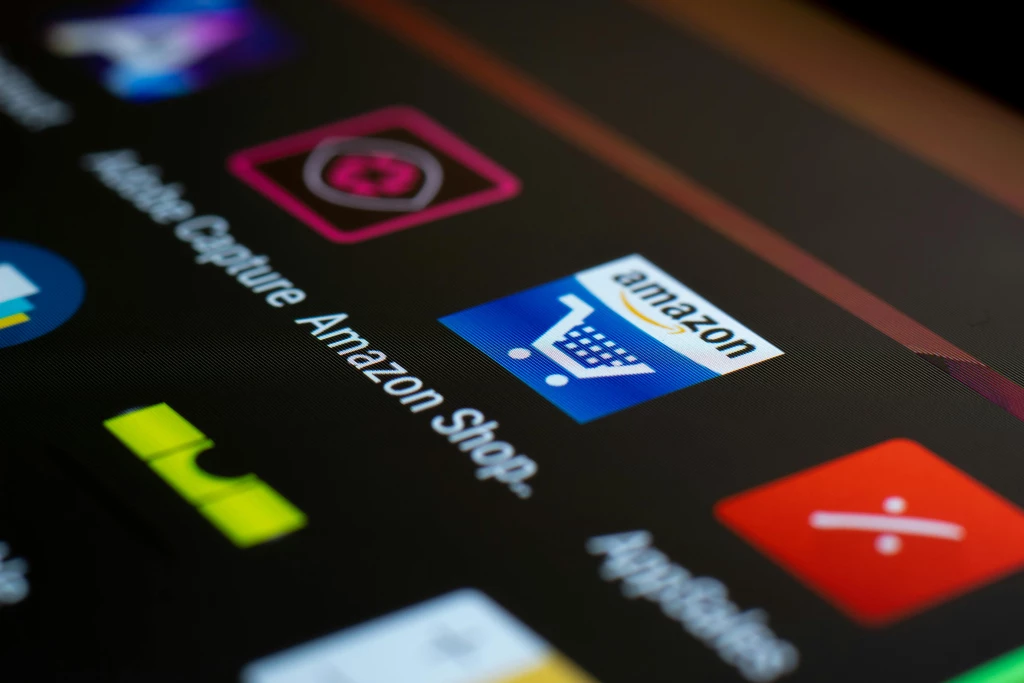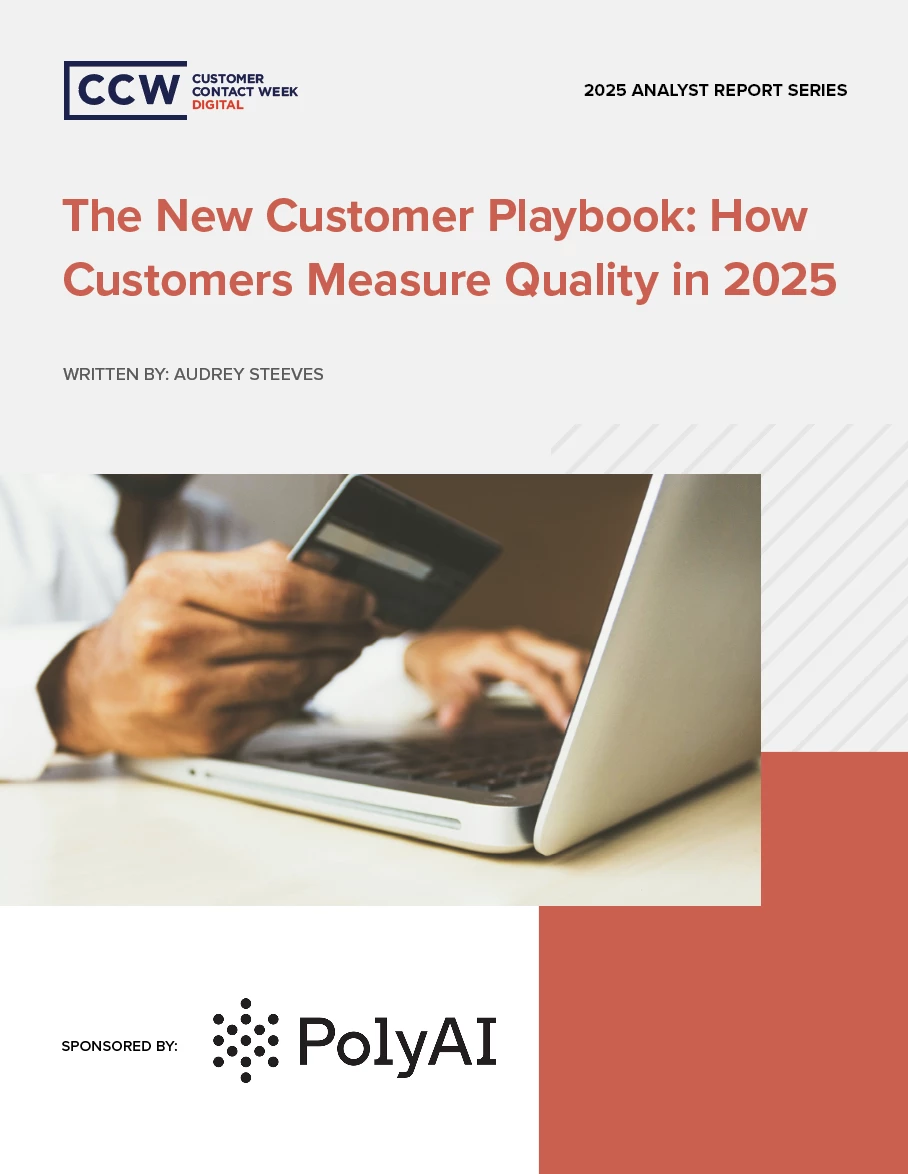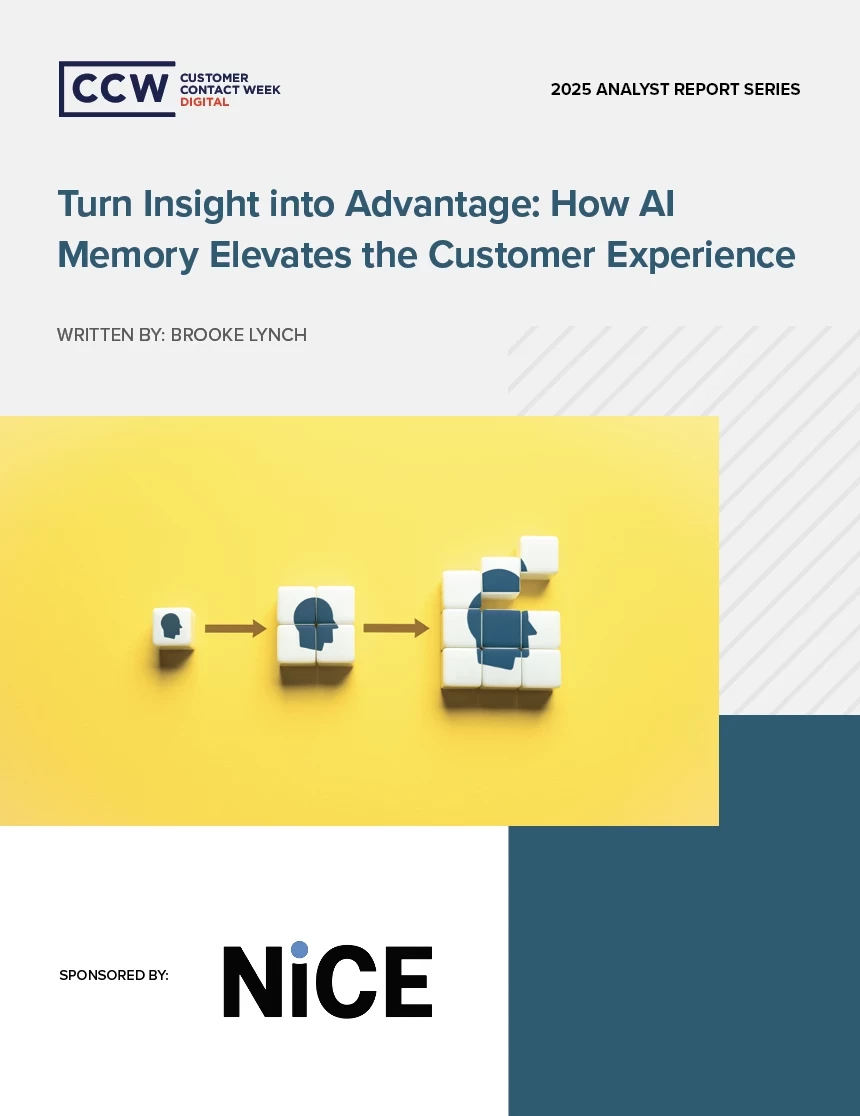Are Tequila Brands Missing The Mark When It Comes To CX On Cinco De Mayo? Taking A Shot At The Marketing And History of Mexican Liquor in The U.S.
May 5 is widely observed in the United States not for its legacy, but for its marketability.
Add bookmark
If you or a loved one are in need support regarding alcohol or substance abuse, please call 1-800-662-HELP (4357) or go to https://www.samhsa.gov/find-help/national-helpline.
For some people, rushing to wrap up a Friday workday seldom has as much urgency as it does today: Cinco De Mayo (The Fifth of May) falls at the start of the weekend this year, and everyone from teachers to tech teams are counting down the hours until it’s 5 o’clock somewhere.
In the U.S. the day has long been one of spicy cuisine, sombreros, avocados and more beer and tequila than you can imagine. On May 5, the United States as the world’s top consumer of tequila imbibes more than 127 million liters of the distilled liquor. According to the National Institute on Alcohol Abuse and Alcoholism, 36% of adults report that they will drink alcohol on this day–higher than the average on any other day of the year. In 2011 Time Magazine marked Cinco de Mayo as #4 of the drunkest holidays in the U.S., not far behind Thanksgiving Eve, St. Patrick’s Day, and New Year’s Eve. With all the parties, sales, chips and salsa that goes around today you’d think it’s a national holiday. As it turns out, Cinco de Mayo isn’t–not even in Mexico.
Mexican-Made Victory Gave The U.S. A Taste Of New Culture
In 1861, Mexican President Benito Juárez was reconciling with the financial impact of the country’s civil war, and as a result suspended payment of Mexico’s foreign debts to the United Kingdom, Spain, and France, who had been allies against the strict dictatorship that had prompted the revolution. As a response, all three nations sent war vessels by sea to Mexico to seek out payment. Once debts were settled between two of the three allies only the French, led by Napoleon III, stayed in Mexico demanding not just reimbursement, but control.
On May 5, 1862, in a town 80 miles from the target of Mexico City, an outnumbered Mexican army halted the French at Puebla, stopping the country from being overtaken. The event marked not just a moment of Mexican pride, but also solidified power over the Confederacy by the Union in the U.S. Civil War, which was also underway at the time. Areas of Arizona and New Mexico had been ceded to the U.S. by Mexico just 14 years earlier. Many Mexicans living in those territories, known as “tejanos,” had fought in defense of Mexico during the Mexican-American war but later joined the Union in the American Civil War.
As a result, Cinco de Mayo’s historical roots are mostly focused on the complicated fusion of Mexican-American culture following wartime. Those living at the U.S.-Mexico border–in the 1860s and today–struggle(d) to announce loyalties to either country, prompting a mezcla, or mixture, of traditions. Despite securing an astounding victory many years ago, the town of Puebla in Mexico does not observe Cinco de Mayo as a holiday but rather they might mark the occasion with an agua fresca, a non-alcoholic fruit drink. However, the battle’s historical impact prompted Cinco de Mayo to become a holiday in the state of California in 1863. It later became widely observed in the United States not for its legacy, but for its marketability.

The 1860s Made History Books, But The 1980s Made Marketing History
Fast-forward 120 years, and Mexican-made products sales were booming in the U.S. In 1986 Gambrinus Groups was founded and became the company responsible for importing Corona and Grupo Modelo products from Mexico to San Antonio, Texas. In 1989 the organization led a marketing campaign encouraging Mexican Americans to consume Mexican beer over any other on May 5th. And what liquor goes better with beer than tequila (bulldogs, anyone)? The rest is advertising history.
Tequila itself comes from a small Mexican town of the same name, which currently produces the vast majority of tequilas worldwide. There are five types of blue agave-based mezcals, known as tequilas:
- blanco
- gold
- reposado
- aejo
- extra aojos
the make of each type being dependent on its aging process in wooden barrels.
Regardless of the kind, Americans consume more tequila on Cinco de Mayo than on any other day of the year. Tequila, although it represents only 1% of spirits, has a national popularity only rivaled by vodka. To date, the global tequila market is only expected to grow–from $10.43 billion in 2022 to $15.57 billion by 2029. And as the push to profit off of tequila moves forward, everyone’s trying to get a piece of the action.

Tequila CX Is All About Luxury And Exclusivity. Celebrities Know All About That
Just like everything else in the service and hospitality industries, quality, price, manufacturing, marketing and promotion of products all have a direct correlation to sales success. In 2023, leveraging digital tools, influencer impact and customer-generated content are absolutely essential to the success of any given tequila brand.
Friends on vacation will share snapshots of their shot glasses, bartenders will give patrons a free pour of their favorite label, servers will up-sell a specialty cocktail based on a person’ spirits preference, and family members will gift a fancy bottle to a loved one knowing it will only get cracked open during a special occasion. Whether or not each of these people are aware, they’re becoming brand ambassadors–the kind of super fans that every organization focused on customer experience wants to make out of its consumer base.
Tequila drinkers are an exclusive club to the point that some swear the liquor off for good under the claim that “crazy things happen” when tequila gets involved. Others won’t sip on anything but. Tequila in its broadest sense about sitting back to savor, shooting back to thrill, feeling sexy and surrounded by good company, good living and a great time that you may or may not remember. And people are willing to pay the price, whether it’s a hangover or a hefty investment: a bottle of tequila can max out at anywhere from $20 to $2,000, making it accessible to nearly everyone but a coveted purchase for a select few. While some of us may never be able to get that two grand bottle, for others it’s a drop in the bucket. For those for whom it is, they’re not just buying tequila anymore–they’re making it.
Everyone from Lebron James to Eva Longoria, Dwayne ‘The Rock’ Johnson, Nick Jonas, Elon Musk, Kevin Cranston and George Clooney have all gotten into the tequila manufacturing game. Brandy Rand, COO of the Americas at the International Wine and Spirits Record, spoke with reporters about the phenomenon, explaining “the prevalence of Mexican culture in California and proximity of Mexico is a big part in this, as many celebrities own homes and vacation there. So there's a more personal connection to the land and experience of consuming tequila where it's produced." Even A-listers’ reasoning for investing in tequila goes back to the very idea of exploring and establishing cultural loyalty that tejanos faced both in the 1860s and 1980s.

Name Brand Tequila Needs To Meet Customer Satisfaction Standards, Getting There Has Been Tough
The pandemic has impacted many sectors of business, and the alcohol industry at large is certainly one of them: Columbia University reports that from March to September 2020, liquor stores made $41.9 billion dollars. Before the pandemic and especially since then, cracking a beer at 5 o’clock (or even beforehand) has become a semi-welcome part of American culture in the COVID-conscious age. Deliver-to-your door liquor services have boomed, and even today the bartend-at-home movement is going steady. Brands big and small have been riding the coattails of having nothing to do but drink, and figuring out ways to appeal to customers even as personal choices like moving towards sobreity, more moderation, mocktails, being Cali sober or sober-curious are gaining momentum now that lockdowns are not occurring in the states.
Conidering that al fresco seating is a more regular part of food and drink around the country, at-home hosting has its protective factors and travel is back up and running, brands have taken notice of the fact that after all the loss we’ve experienced, many customers want to enjoy whatever they have while they still can. From a branding and CX prespective tequila is the perfect pairing for coming together, reminiscing on pre-pandemic days past and priming oneself for the future, whatever that may be. As they say, “drinking together is better than drinking alone,” and for all the emotions a couple drinks stir in anybody, many tequila brands are working hard to identify, market, and cash in on those buzzy, fleeting feelings.
The customer experience is centered around customer satisfaction, sentiments, and expectations. If after years of isolation, lack of travel, and few ways to really scratch the partying itch, a brand emerges that speaks to that sense of longing and delivers the atmosphere consumers are looking for, it might just be what tequila fans need.
In terms of their liquor endeavor, Bryan Cranston and Aaron Paul’s brand Dos Hombres is all over social media feeds, news feeds, magazine covers and sponsored ad content for many customers who gravitate towards tequila. But despite its seeming popularity, the duo hasn’t turned any profit from their joint business venture just yet.
“We’re just keeping our heads down and doing the work. But of course this is a job, this is a business and we want to profit from it one day, but that has not happened yet,” Paul told CNBC last year. “But we believe with every fiber of our being that that will 100% happen.” “I only want to take on projects in my acting career, producing career, spirits career if I am fully engaged and love the product,” Cranston added. “It’s a labor of love for us.”

Authenticity, Diligence, Transparency And Commitment Add Just The Right Flavors To Tequila CX
Although some customers may appreciate the labor of love, not every great name makes a profit–or carries a great make of tequila. It’s a customer experience challenge that the industry faces with not just those at the liquor store, but with everyone else involved in the sales process.
Mara Smith is the founder and CEO of Inspiro Tequila, a Chicago-based woman-owned tequila brand and the first of its kind to be made in rosé wine barrels. She tell CCW Digital that that in terms of tequila CX brands don’t have one, but three types of customers whose needs must be met:
- distributors who sell the product to retailers, bars and restaurants
- retailers, bars and restaurants
- consumers purchasing from retailers
“You're trying to figure out how to make all three of those customers happy, be it retailers, bars or end customers,” she explains. Nonetheless, Smith’s main concern is always the consumer. According to her, the majority of tequila brands use non-natural substances in their products, “additives, coloring, glycerin.” Offering buyers an elevated experience is central to Inspiro’s CX strategy. She describes her brand as "sleek, sophisticated, power woman—focused on thoughtful female consumers." It’s target consumer is a drinker who wants a cleaner tequila option, and working with traditional distillation methods is something that leads to such a result. It takes time and can’t be rushed, but it’s also something that has a tremendous payoff if done well by any brand. It’s part of why Smith wants the customer to “always feel good about what she’s drinking.”
The goals tequila brands–celebrity or start-up–can meet in order to elicit those good feelings, Smith says, is also threefold:
- have an authentic brand story that resonates
- provide a really great product
- present beautiful packaging
“Great quality that you're consuming is the most important piece of it… that’s the way you stand out in a really crowded industry,” she explains.
As is the case with most things, researching labels and brands before purchasing will help customers make an empowered purchase and find the right company for them. Smith tells CCW Digital it’s something that also works for her: “It’s my feeling in general on anything I'm purchasing. I’m just a researcher. I like to learn about it and know what the product is, and I apply that to any tequila that I would want to purchase.”
There are a few things she considers when doing her research.
“Authenticity, what’s behind the brand, the meaning behind the brand, transparency of what’s in it… is the production process a meticulous process?”
If answered well all of these questions have the potential to drive marketing efforts and up customer satisfaction rates, and not just on Cinco de Mayo. "We use marketing to show how you can utilize it, make easy cocktails... create clean, light cocktails that aren’t sugar laden margaritas, and show customers how they can use it to entertain," Smith explains.
“Taking advantage of happy hour, women’s professional organizations to get in front of people... it's spring, everyone’s ready to get outside,” all of those timestamps are also valuable communication touchpoints with customers and opportunities to “get liquid to lips,” she adds.
Whether you’re on your way to a bar right now, getting booze delivered to your door, supporting your local Mexican-owned restaurant or sitting this one out, remember: there are lots of opportunities, labels, makes and mixing opportunities to explore as a customer. And whatever you do, drink responsibly.































